Introduction
In the realm of culinary arts, stir-frying stands as a testament to the beauty of simplicity and speed, encapsulating the essence of Asian cooking. This rapid cooking technique not only preserves the freshness and nutrients of ingredients but also amplifies their flavors through the magic of high heat and minimal oil. Among the myriad of stir-fry combinations, fresh shrimp paired with Chinese cabbage (also known as bok choy) stands out as a delightful harmony of textures and tastes. This dish is a perfect blend of succulent, slightly sweet shrimp and crisp, slightly bitter cabbage, all wrapped up in a savory sauce that dances on your taste buds.
Today, we embark on a culinary journey to master the art of stir-frying fresh shrimp with Chinese cabbage. Whether you’re a seasoned chef or a home cook eager to impress, this guide promises to equip you with the knowledge and skills necessary to create a dish that is as visually appealing as it is delicious.
Section 1: Understanding Your Ingredients
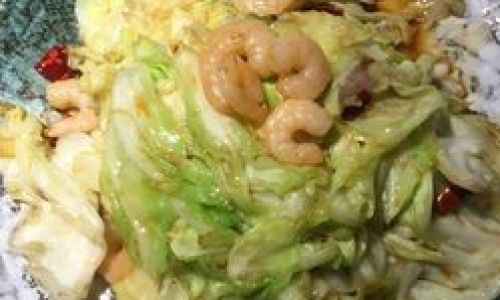
Fresh Shrimp
When it comes to shrimp, freshness is paramount. Look for shrimp that are firm to the touch, have a slightly translucent appearance, and a mild, sea-like aroma. Avoid shrimp that have a strong odor, are slimy, or have discolored shells. For this recipe, medium-sized shrimp (about 21-30 per pound) work best as they cook quickly and offer an ideal balance of flavor and texture. Peel and devein the shrimp, leaving the tails on for a more elegant presentation if desired.
Chinese Cabbage (Bok Choy)
Chinese cabbage, with its crisp stalks and tender leaves, adds a refreshing crunch to the dish. Choose heads that are firm and have vibrant green leaves. Avoid those with yellowing leaves or soft spots. When preparing, separate the stalks from the leaves, as they cook at different rates. The stalks require a bit more time to tenderize, while the leaves should be added towards the end to retain their crispiness.
Other Essential Ingredients
- Garlic and Ginger: These aromatic roots form the backbone of many Asian dishes, providing a warm, slightly spicy flavor that complements both shrimp and cabbage.
- Oyster Sauce and Soy Sauce: These condiments add depth and umami to the stir-fry, enhancing the natural flavors of the ingredients.
- Sesame Oil: A drizzle at the end adds a nutty, aromatic finish.
- Vegetable Oil: For stir-frying, a neutral oil like canola or peanut oil is ideal, as it can withstand high temperatures without smoking.
- Salt and Pepper: To taste.
Section 2: Preparation is Key
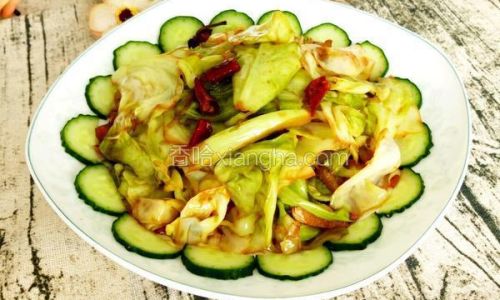
Before you begin stir-frying, it’s crucial to have all your ingredients prepped and ready to go. This ensures that the cooking process is seamless, maintaining the high heat necessary for successful stir-frying.
- Peel and devein the shrimp, then rinse them under cold water and pat them dry with paper towels. Set aside.
- Separate the stalks and leaves of the Chinese cabbage, slicing the stalks into thin strips and roughly chopping the leaves.
- Mince the garlic and ginger finely. This will help them distribute their flavors more evenly throughout the dish.
- Measure out your sauces and oils so they’re easily accessible during cooking.
Section 3: The Stir-Fry Technique
Stir-frying is all about precision and timing. A hot wok or large skillet, a well-organized workspace, and quick movements are essential for success.
-
Heat Your Pan: Place your wok or large skillet over high heat and add a tablespoon of vegetable oil. Allow the oil to heat up until it shimmers but not smokes.
-
Sear the Shrimp: Add the shrimp to the hot pan in a single layer, avoiding overcrowding. Sear for about 1-2 minutes on each side until they turn pink and opaque. Remove the shrimp from the pan and set them aside. This quick sear locks in moisture and flavor.
-
Aromatics: In the same pan, add a bit more oil if needed, then add the minced garlic and ginger. Stir-fry for about 30 seconds until fragrant but not burnt.

-
Stalks First: Add the sliced stalks of Chinese cabbage to the pan. Stir-fry for about 2-3 minutes, allowing them to soften slightly while retaining some crunch.
-
Leaves and Sauce: Add the chopped leaves to the pan, followed by a tablespoon of oyster sauce, a tablespoon of soy sauce, and a pinch of salt and pepper. Stir-fry for another 1-2 minutes until the leaves are wilted but still crisp.
-
Reintroduce the Shrimp: Finally, return the seared shrimp to the pan, tossing gently to combine everything. Cook for another minute until everything is heated through and well-coated with the sauce.
-
Finish with a Drizzle: Remove the stir-fry from heat and drizzle with a teaspoon of sesame oil. This final touch adds a rich, nutty flavor that ties the dish together.
Section 4: Serving and Enjoying
Transfer your stir-fried shrimp with Chinese cabbage to a serving dish, garnishing with chopped green onions or a sprinkle of sesame seeds for added color and texture. Serve immediately while hot, accompanied by steamed rice or your favorite grain for a complete meal.
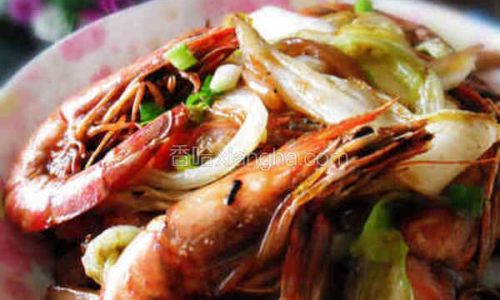
Section 5: Tips for Perfect Stir-Frying
- Hot Pan, Cold Oil: Always preheat your pan before adding oil. This ensures that the oil reaches the right temperature quickly, creating a sear that locks in juices and flavors.
- Don’t Crowd the Pan: Overcrowding will lower the temperature of the pan, leading to soggy vegetables and undercooked shrimp. Stir-fry in batches if necessary.
- Use a Spatula: A flat, wide spatula is ideal for stirring and tossing ingredients evenly in the pan.
- Taste and Adjust: Always taste your dish before serving. Adjust the seasoning with more soy sauce, salt, or pepper as needed.
- Practice Makes Perfect: Stir-frying is a skill that improves with practice. The more you do it, the better you’ll get at judging temperatures, timing, and ingredient combinations.
Conclusion
Stir-frying fresh shrimp with Chinese cabbage is a delightful culinary endeavor that combines the best of speed, simplicity, and flavor. By mastering the art of stir-frying, you’ll be able to create a dish that is not only nutritious and delicious but also visually stunning. With the right ingredients, proper preparation, and a hot wok, you’ll be well on your way to becoming a stir-fry master. So, don your apron, heat up your pan, and embark on this culinary adventure today. Your taste buds will thank you!
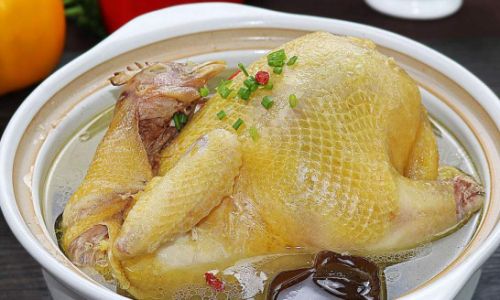
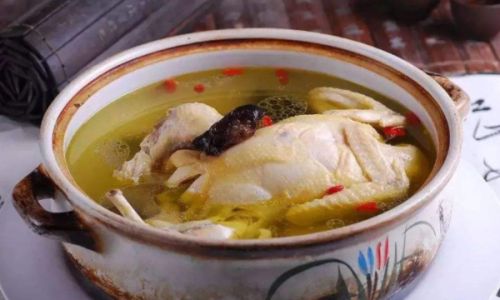

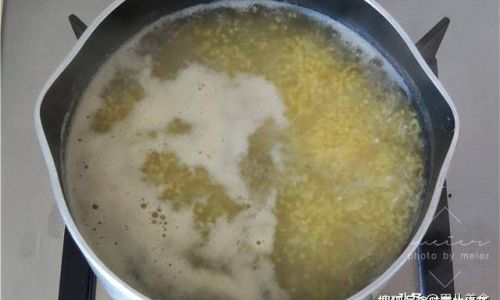
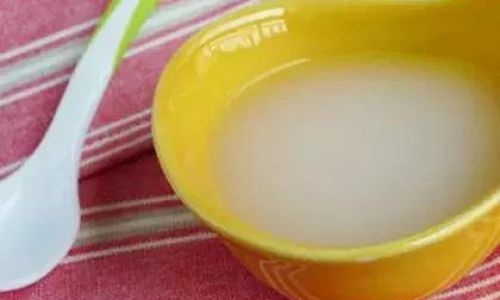
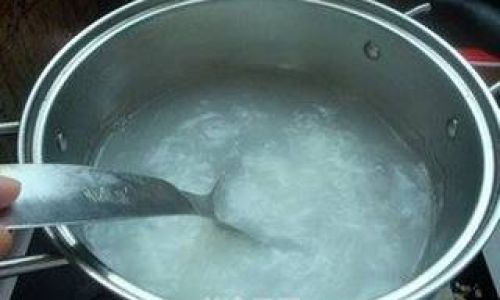
0 comments